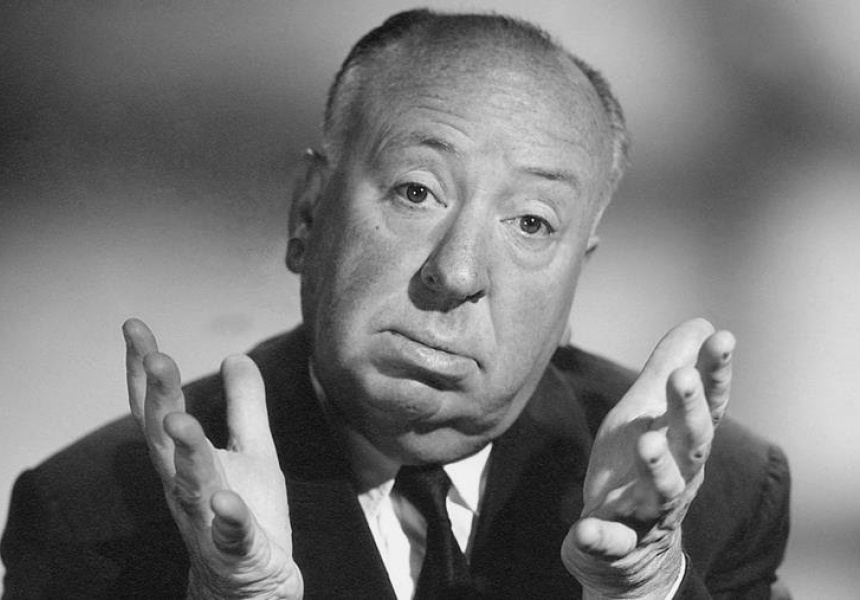
In 1980, Hitchcock received a knighthood. He received two stars on the Hollywood Walk of Fame to acknowledge his film and television achievements. Thalberg Memorial Award, the Directors Guild of America's Lifetime Achievement Award and the Golden Globe Cecil B. In recognition of his career, Hitchcock garnered the British Academy of Film and Television Arts (BAFTA) Fellowship Award, the American Film Institute's Life Achievement Award, the Irving G. The following year, he reunited with Hedren on Marnie, which also starred Sean Connery. Three years later, he directed the horror film The Birds, starring Tippi Hedren. In 1960, he directed Psycho, the biggest commercial success of his career and for which he received his fifth nomination for Best Director at the Academy Awards. He followed this with the spy thriller North by Northwest (1959), which starred Grant and Eva Marie Saint. The film topped the 2012 poll of the British film magazine Sight & Sound of the 50 Greatest Films of All Time and also topped the American Film Institute's Top Ten in the mystery genre. In 1958, Hitchcock directed the psychological thriller Vertigo, starring Stewart and Kim Novak.
#ALFRED HOTCHCOCK SERIES#
1955 marked his debut on television as the host of the anthology television series Alfred Hitchcock Presents, which he also produced. For Rear Window, Hitchcock received a nomination for Best Director at the Academy Awards. Hitchcock collaborated with Grace Kelly on three films: Dial M for Murder (1954), Rear Window (1954) and To Catch a Thief (1955). Three years later, he directed Strangers on a Train (1951). The film was his first in Technicolor and is remembered for its use of long takes to make the film appear to be a single continuous shot.

In 1948, Hitchcock directed Rope, which starred James Stewart.
#ALFRED HOTCHCOCK CODE#
The film included a three-minute intermittent kissing scene between the leads shot specifically to skirt the Motion Picture Production Code which at the time limited such scenes to three seconds. Three years later, he reunited with Grant on Notorious, which also starred Ingrid Bergman. In 1943, Hitchcock directed another psychological thriller Shadow of a Doubt, which starred Teresa Wright and Joseph Cotten. Hitchcock worked with Fontaine again the following year on the film Suspicion, which also starred Cary Grant. He received his first nomination for the Academy Award for Best Director, and the film won Best Picture. In 1940, Hitchcock transitioned to Hollywood productions, the first of which was the psychological thriller Rebecca, starring Laurence Olivier and Joan Fontaine. In 1935, Hitchcock directed The 39 Steps three years later, he directed The Lady Vanishes, starring Margaret Lockwood and Michael Redgrave. Two years later he directed Blackmail (1929) which was his first sound film. It also featured the first of his famous cameo appearances.

It featured many of the thematic elements his films would be known for, such as an innocent man on the run. Hitchcock followed this with The Lodger: A Story of the London Fog, his first commercial and critical success. His directorial debut was the 1925 release The Pleasure Garden. Popularly known as the "Master of Suspense" for his use of innovative film techniques in thrillers, Hitchcock started his career in the British film industry as a title designer and art director for a number of silent films during the early 1920s. Studio publicity photo of Hitchcock in 1955Īlfred Hitchcock (1899–1980) was an English director and filmmaker.


 0 kommentar(er)
0 kommentar(er)
